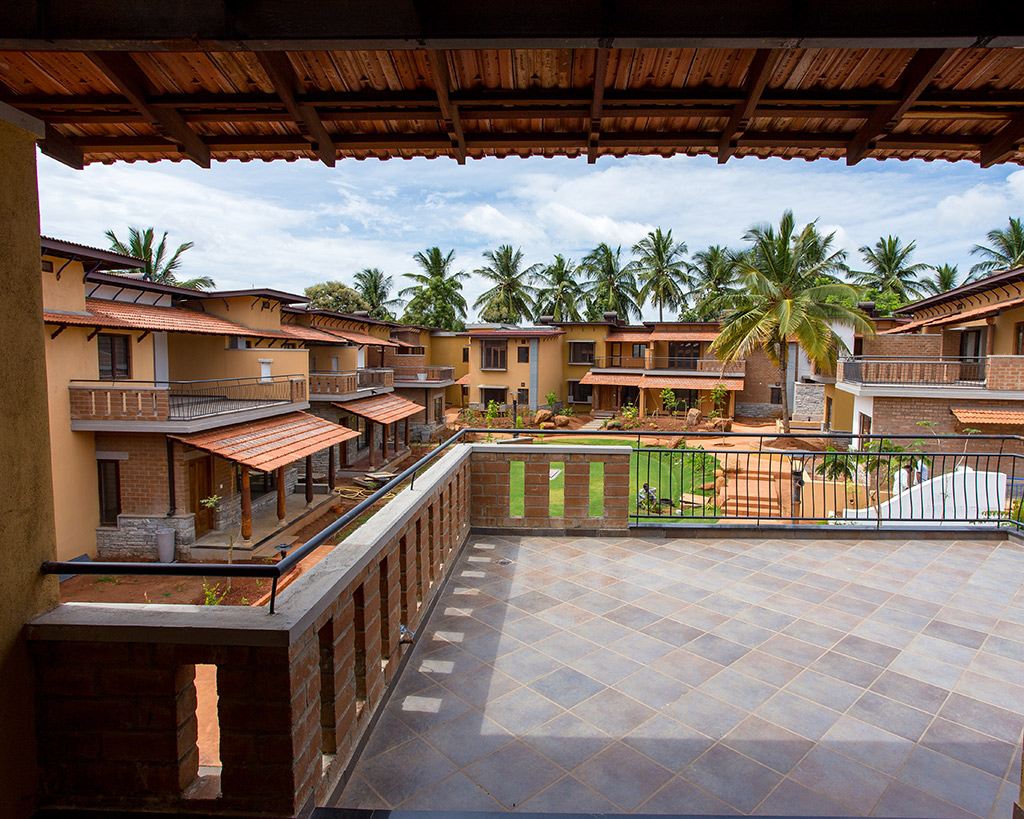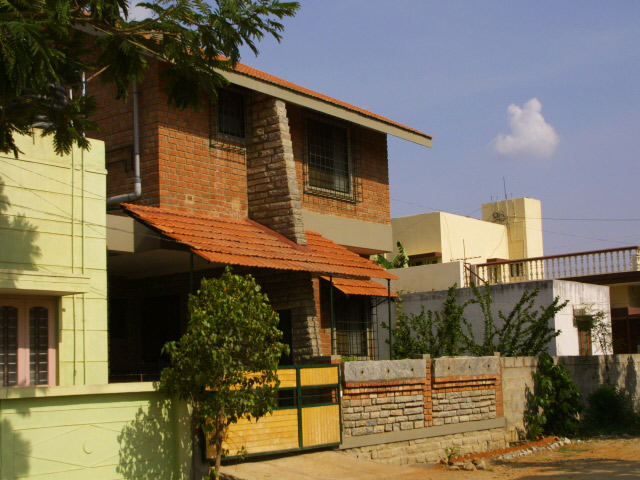On Gated Communities

The Gated Community is a ubiquitous part of city life in India today. The concept is both celebrated and criticised – either touted as a coveted symbol of a “better life”, or condemned by the socially conscious for elitism, lack of inclusivity, appropriation of public space, and exacerbation of the class divide. However, the current incarnation of group housing is not truly reflective of its origins.
The idea of cooperative housing was introduced in India by the British in 1904 and the first cooperative housing society was formed in Bangalore. Early examples of gated communities were seen in “colonies” built for public sector employees, which inspired groups of individuals to emulate the concept. Growing up in Mumbai, the colonies of the employees of Air India or of some banks contributed to building the culture of community in those days. The social integration of neighbourhoods that existed in the 70’s and 80’s has not survived due to a variety of reasons – rapid growth and mass migration into the cities being one of them.

Our experiences as architects building individual homes in isolated plots across cities and towns made us realize the deficits and challenges of building and living in these units. Water shortages leading to the digging of individual bore-wells, lack of adequate sewage treatment, and intermittent power supply were frequent issues faced. Individual investments in rainwater harvesting and sewage treatment or recycling were rarely a priority. Building higher boundary walls and the need to “cage and secure” every aspect of the home and land took precedence over any ideas of community. A desire for privacy combined with ill-conceived setback norms creates homes that are actively trying to escape the environments they are set in. Residents welfare associations do come together to initiate care of the neighbourhood, but limit themselves to pushing authorities to maintain, rather than organising collective change.

When we first started our practice in Bangalore twenty years ago, it was still a relatively small city, gradually moving away from its tag of “pensioner’s paradise” to the hipper “Silicon Valley of India”. People who wanted to live in the city still dreamed of building their own home on a plot of land, while recognising the issues with individual houses. The genesis of the ecovillage concept was a result of engagements with friends, clients, colleagues and neighbours who recognised the value of community life. The idea was also influenced by the experiments in community living in Auroville. With Bangalore’s exponential growth, the needs and choices around housing changed dramatically, though the value of community remained.
We discovered that natural groups coming together in a city to form intentional communities was rare. The risks of such an initiative needed expertise and leadership, which we found lacking in most groups we interacted with. The fact that our communities became gated was not an intention but a consequence, for want of a better model. The intention with Malhar was to extend our ideas of community living to integrate all aspects of development, from architecture and engineering to finance. We believed that an adequate percentage of socially sensitive residents would influence the rest to be inclusive and engage with the surrounding community.